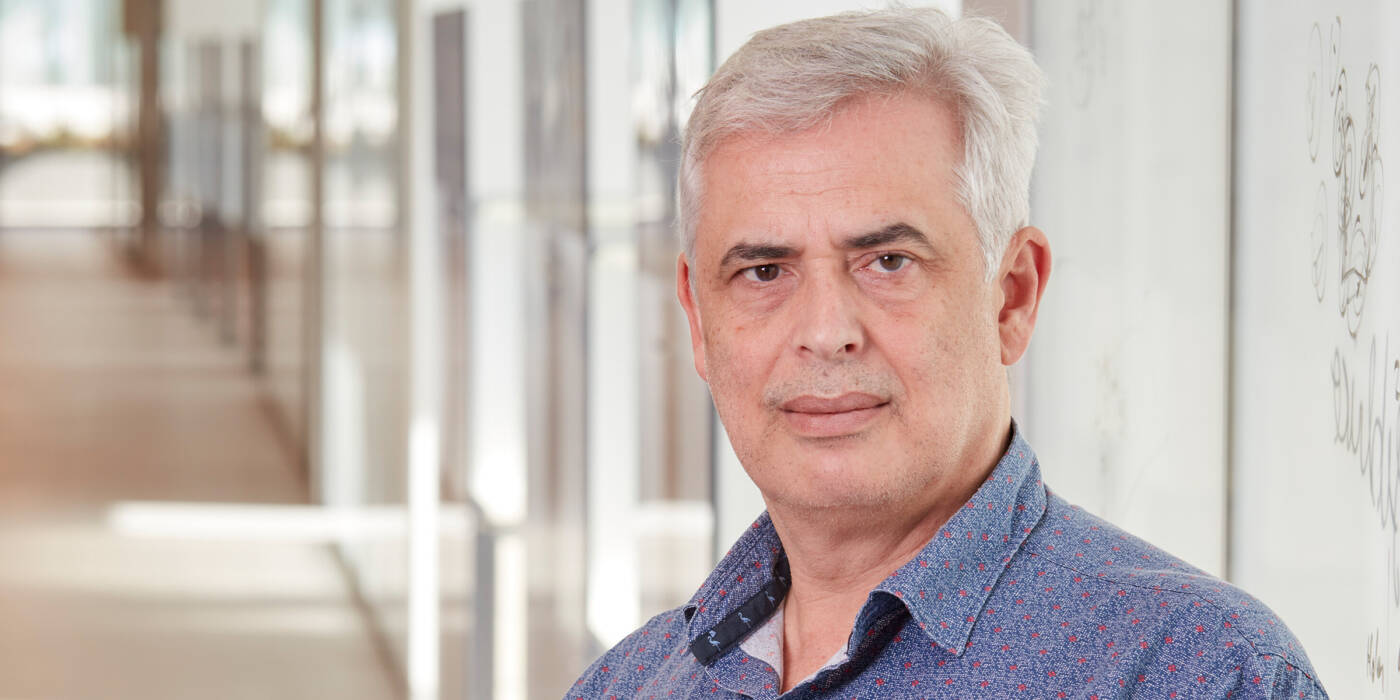Marcelo O. Magnasco, Ph.D.
Professor
Magnasco’s group uses living beings as a source of inspiration for creating new mathematical descriptions of nature. The lab’s main focus is on computational and experimental neurophysiology, primarily in the context of auditory function but also touching on vision, memory, olfaction, and other sensory processing, as well as studies of dolphin communication in aquaria and in the wild.
Magnasco uses both computational and experimental methods to model the complexity, organization, and information-processing properties of living organisms. The lab concentrates on sensory processing, employing experimental techniques to investigate the auditory representation of complex objects in laboratory animals as well as in humans. They also study communication in dolphins. Using computer modeling, they work to understand how and where sound is processed in the mammalian brain, as well as more general models of brain function.
Magnasco’s computational studies include both abstract modeling and data analysis. Modeling work is underway on neural architectures of auditory processing, including frequency discrimination and spatial perception models. These efforts also address neural function and memory, such as mechanisms employed by the brain to balance excitatory and inhibitory activity in neural circuits. Data analysis work concentrates on methods to analyze large-scale neurophysiological datasets to demonstrate the footprints of such critical balancing during wakefulness and its absence during loss of consciousness, anesthesia, epilepsy, and normal sleep.
The laboratory’s effort to study dolphin communication and cognition is carried out both in aquaria and with wild animals at several field stations. The scientists are seeking to understand both the natural extent of dolphins’ vocal repertoire and communication ability, and their ability to acquire novel signals. This work involves extensive data analysis efforts as well as fieldwork to develop novel acquisition techniques.
Prior work from the Magnasco lab has touched on many aspects of sensory processing, including auditory, visual, and olfactory functions. For example, together with A. James Hudspeth, he created a mathematical model of a “trapdoor amplifier” in the hair cells of the inner ear—a concept that challenged some of the most basic assumptions about how the human ear processes sound. His work studying birdsong, which followed the expression of the ZENK gene, allowed researchers to watch learning and memory at the cellular level in the brains of canaries. And in a sound analysis breakthrough, Magnasco created an algorithm that transforms sound into visual representations—with far more accuracy than any method previously available—closely replicating the system used by the human brain.
In addition, the group has studied venation of tree leaves as a model system of a complex biological network with interesting topological and geometrical features, and has recently created methods to section whole rodent livers and reconstruct their three-dimensional vascular structure in unprecedented detail.
Magnasco is a faculty member in the David Rockefeller Graduate Program, the Tri-Institutional M.D.-Ph.D. Program, and the Tri-Institutional Ph.D. Program in Computational Biology & Medicine.
